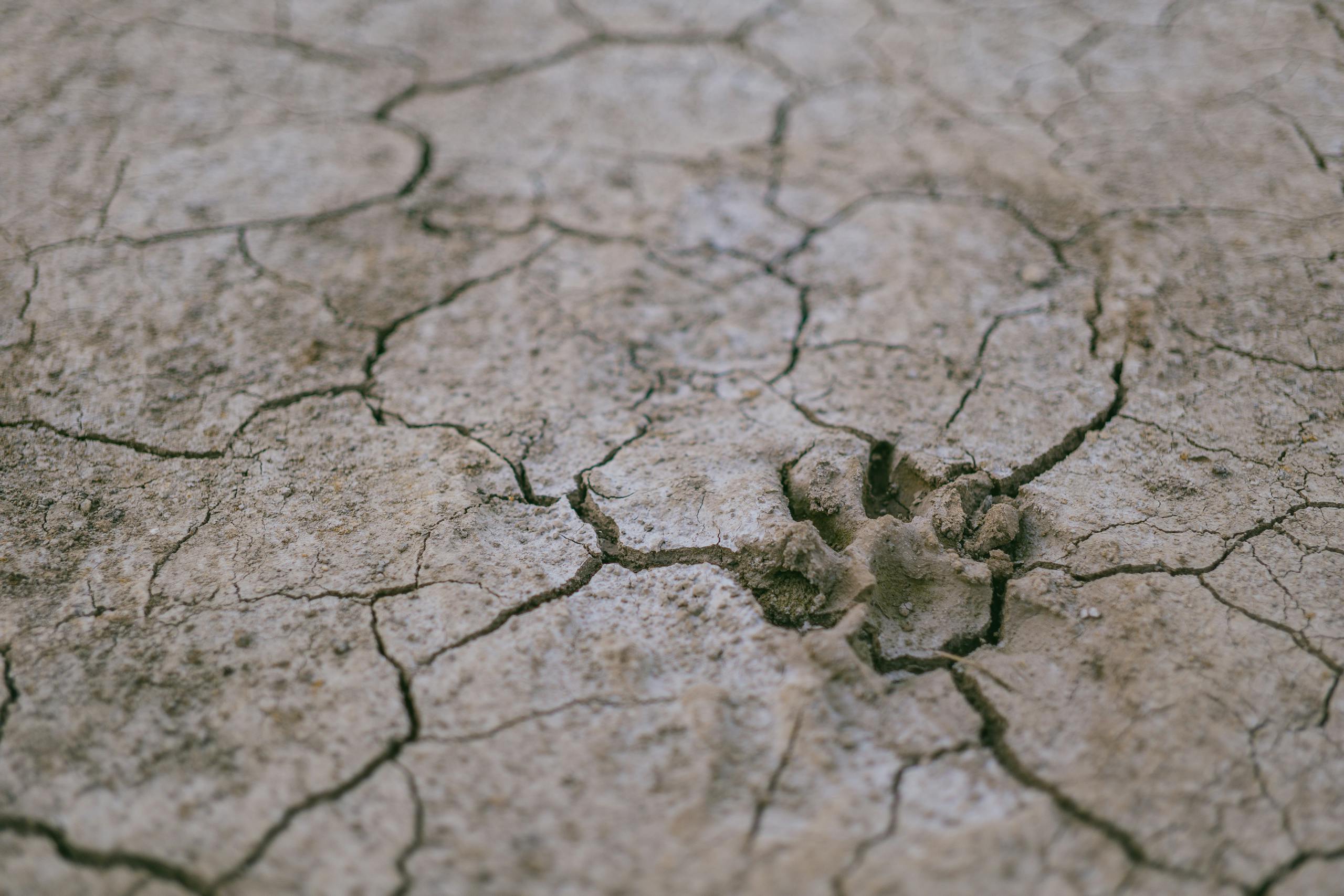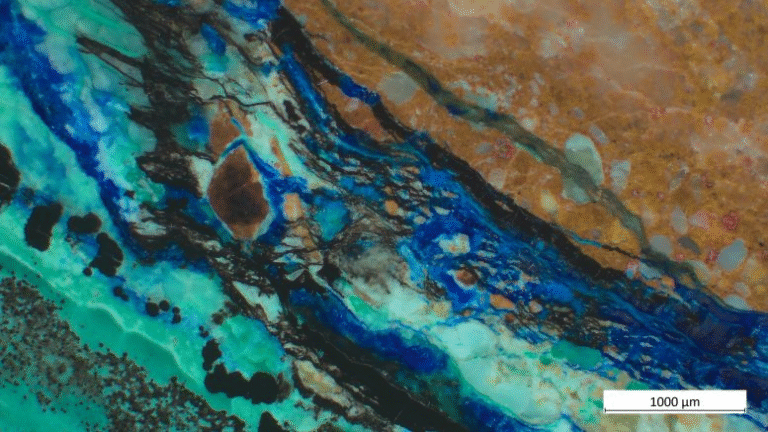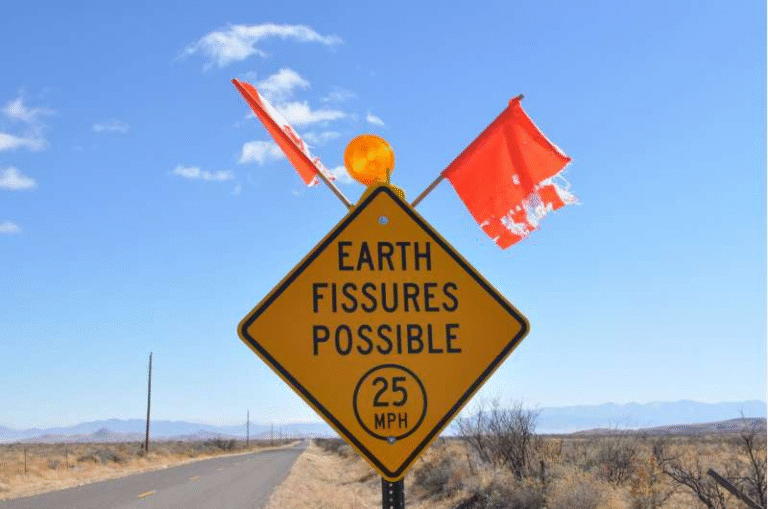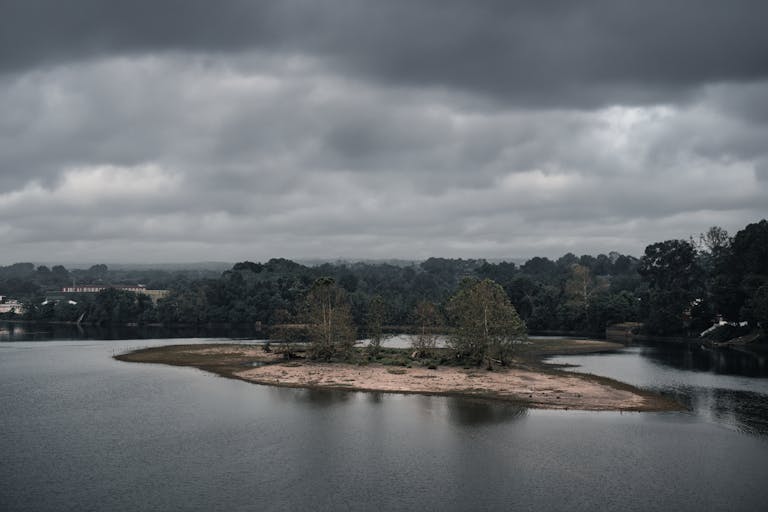Scientists Warn California Faces Hidden Danger From Supershear Earthquakes

California has always lived with the reality of earthquakes. But now, scientists are sounding the alarm about a lesser-known and far more destructive kind of quake — the supershear earthquake. Researchers at the Statewide California Earthquake Center (SCEC), based at USC Dornsife College of Letters, Arts and Sciences, are urging the state to update its building codes, hazard models, and monitoring systems to prepare for this high-speed seismic threat.
According to the team, supershear earthquakes are not just rare scientific curiosities. They’re a real and underappreciated danger that could unleash shock fronts — waves of energy similar to sonic booms — causing more violent and widespread shaking than typical quakes of the same magnitude. And in California, where major strike-slip faults like the San Andreas Fault run close to large cities, that’s a serious concern.
What Are Supershear Earthquakes?
A supershear earthquake happens when the rupture along a fault line moves faster than the speed of shear waves (S-waves) that travel through the Earth’s crust. Normally, the rupture front in a typical quake moves slower than these waves. But when it exceeds that threshold — around 3 to 4 kilometers per second, depending on the rock type — the energy can no longer radiate evenly in all directions.
Instead, it builds up along a shock front, producing an effect similar to a sonic boom generated by a jet flying faster than sound. When this shock front hits, it releases a sharp, intense jolt that can be followed by prolonged shaking from the trailing waves. Scientists describe it as a “double strike” — a sudden blast, then a second, longer phase of motion.
This phenomenon focuses much of the quake’s energy in the direction of rupture, meaning that areas aligned with the fault’s direction can experience far stronger shaking than areas perpendicular to it. That’s a crucial distinction because California’s infrastructure is mostly designed based on perpendicular shaking patterns typical of normal quakes — not this directional, focused energy release.
Why Scientists Are Concerned About California
Researchers at SCEC — including Yehuda Ben-Zion, Ahmed Elbanna, and colleagues from Caltech and the University of Illinois Urbana-Champaign — emphasize that California is not immune to supershear events. In fact, its geological setup makes it an ideal candidate.
Many of California’s faults, including the San Andreas, Hayward, and Garlock Faults, are strike-slip faults. These are the same types of faults where supershear ruptures are most likely to occur. That’s because they have relatively straight fault lines, consistent stress fields, and long, continuous sections — all of which allow a rupture to accelerate to supershear speeds.
Globally, about one-third of large strike-slip earthquakes are believed to have gone supershear. That statistic alone should concern planners and engineers in California. The state has dozens of active strike-slip faults, and many of them run alarmingly close to densely populated regions — Los Angeles, San Francisco, and San Bernardino among them.
According to Ben-Zion and Elbanna, California is expected to experience multiple magnitude 7 or greater earthquakes in the coming decades. Some of those could well be supershear. The timing and exact locations can’t be predicted, but the probability is high enough that scientists say it’s time to act — not to panic, but to prepare.
How Supershear Quakes Differ From Typical Earthquakes
To understand why supershear earthquakes are more dangerous, it helps to look at how they differ from typical ruptures.
| Feature | Typical Earthquake | Supershear Earthquake |
|---|---|---|
| Rupture Speed | Slower than S-wave velocity | Faster than S-wave velocity |
| Energy Distribution | Radiates outward evenly | Concentrated along rupture direction |
| Shaking Pattern | Gradual build-up of motion | Sudden jolt followed by strong waves |
| Damage Potential | Severe but localized | Wider area of destruction |
| Analogy | Standard explosion | Sonic boom-like shock front |
The “shock front” in a supershear quake can be devastating because it compresses energy into a smaller area, delivering a powerful impulse that can crack roads, collapse bridges, and topple buildings more easily. The directional nature of shaking also means that communities aligned along the fault may suffer far more severe damage than those slightly off its path.
Supershear Earthquakes Around the World
While supershear earthquakes are not everyday events, they have been observed and confirmed in several large quakes worldwide.
- 2001 Kunlun Earthquake (China) – One of the first well-documented supershear ruptures, where sections of the fault reached speeds exceeding the shear wave velocity.
- 2018 Palu Earthquake (Indonesia) – A catastrophic event that devastated the city of Palu. Studies later revealed that it transitioned to supershear speeds, explaining the unexpectedly intense damage.
- 2023 Kahramanmaraş Earthquake (Turkey/Syria) – Evidence suggests that this massive 7.8 magnitude quake also went supershear along part of its rupture path, contributing to the widespread devastation.
These examples show that supershear ruptures aren’t just theoretical models. They actually happen — and under geological conditions similar to California’s.
What the New Study Says
The new research paper, published in Seismological Research Letters in August 2025, is titled “Supershear Earthquakes: Their Occurrence and Importance for Seismic Hazard, Early Warning, and Design Standards.”
The authors make several key points:
- Supershear events are not as rare as previously thought.
Many large strike-slip quakes worldwide show signatures of supershear rupture. The authors argue that the frequency of such events has been “greatly underappreciated.” - Current seismic hazard models are outdated.
Most building standards and preparedness models assume shaking patterns typical of sub-Rayleigh ruptures. Supershear quakes generate stronger, more directional ground motion that these models fail to represent. - Critical infrastructure is underdesigned for this threat.
Bridges, hospitals, and highways are often engineered for the strongest shaking perpendicular to faults — not along them. Since supershear quakes direct their energy along the fault line, many vital structures could be far more vulnerable than currently assumed. - California needs improved monitoring and simulations.
The team calls for denser seismic instrumentation near major faults and advanced computer modeling to simulate supershear scenarios. This would help in updating hazard maps and improving early-warning systems. - Preparedness is a shared responsibility.
Scientists emphasize collaboration among engineers, urban planners, and policymakers. “Everyone has to chip in,” they say — from researchers running simulations to agencies updating safety codes.
The Science Behind Supershear Ruptures
At the core of supershear behavior lies fracture mechanics — how cracks propagate through materials under stress. When a rupture front on a fault gains enough energy, it can break through the shear wave speed barrier, just as a supersonic jet breaks the sound barrier.
Laboratory experiments using controlled fault models and high-speed cameras have shown that once a rupture accelerates past a certain threshold, the physics changes. Instead of radiating energy smoothly, it focuses it into a narrow conical wave — called a Mach cone — that travels ahead of the rupture.
In nature, this translates into a burst of intense ground motion, often lasting just a few seconds but delivering enormous force. Numerical simulations suggest that supershear ruptures can amplify shaking intensity by 50–100% compared to typical quakes of the same magnitude.
However, whether a fault goes supershear depends on multiple factors:
- Stress level: The fault must be under very high shear stress before rupture.
- Fault geometry: Straighter, smoother faults promote supershear transitions.
- Frictional properties: Faults with low frictional resistance allow faster slip.
- Material contrast: Differences in rock type or layering can accelerate rupture.
This explains why not every large earthquake becomes supershear — but given the geology of California’s faults, the potential exists.
Preparing for the Unseen Threat
The takeaway from the researchers is not panic but preparation. Supershear earthquakes may be unpredictable, but their potential damage can be mitigated through smarter planning and design.
They propose several concrete actions:
- Upgrade building codes to include possible supershear shaking patterns.
- Strengthen critical facilities such as hospitals, power stations, and transport hubs.
- Expand seismic monitoring networks near major faults to detect fast ruptures early.
- Simulate realistic scenarios using advanced computational models to guide emergency planning.
- Educate the public about directional shaking and secondary impacts.
Most importantly, the authors stress that this isn’t an abstract scientific exercise — it’s a matter of public safety. California’s population, economy, and infrastructure are among the most at risk in the world from major seismic events. Integrating supershear risk into preparedness plans could save thousands of lives.
What Could Happen if California Gets a Supershear Quake
Imagine a magnitude 7.8 earthquake on the southern San Andreas Fault that transitions to supershear speeds. The rupture could travel at nearly 4 kilometers per second, sending a shock front racing along the fault toward Los Angeles or Palm Springs.
Communities in the direction of rupture would feel an immediate, powerful jolt — like a massive explosion — followed by seconds of intense, rolling motion. Buildings not designed for such impulsive forces could fail catastrophically. Highways, pipelines, and power lines that cross the fault might snap or buckle.
Unlike slower quakes, a supershear rupture doesn’t give much warning. Even the best early warning systems, which rely on detecting slower waves first, could be less effective because the destructive wavefront moves at nearly the same speed as the detection waves themselves. That’s why preparedness and structural resilience are key — not just rapid alerts.
The Bigger Picture: Learning From the Past
Earthquake science has advanced rapidly over the past few decades. From the 1906 San Francisco earthquake to the 1994 Northridge event, each disaster has pushed researchers to better understand fault behavior. The concept of supershear rupture has been around since the 1970s, but only in recent years have detailed field observations and computer models confirmed its real-world impact.
The 2018 Palu quake in Indonesia was a wake-up call. It showed that supershear ruptures can occur suddenly and devastate large areas without much warning. For California, the lesson is clear: don’t underestimate the extremes of what earthquakes can do.
Final Thoughts
Supershear earthquakes represent a hidden but serious threat to California’s future. They’re not guaranteed to happen tomorrow, but the science says they’re inevitable over the long term. The state’s unique geology, dense urban centers, and aging infrastructure make it critical to prepare now rather than later.
Researchers are not predicting doomsday — they’re offering a roadmap for better resilience. Stronger codes, smarter monitoring, and realistic planning could make the difference between disaster and recovery when “the big one” eventually strikes.
Research Reference:
Supershear Earthquakes: Their Occurrence and Importance for Seismic Hazard, Early Warning, and Design Standards – Seismological Research Letters (August 2025)





